CONTENTS
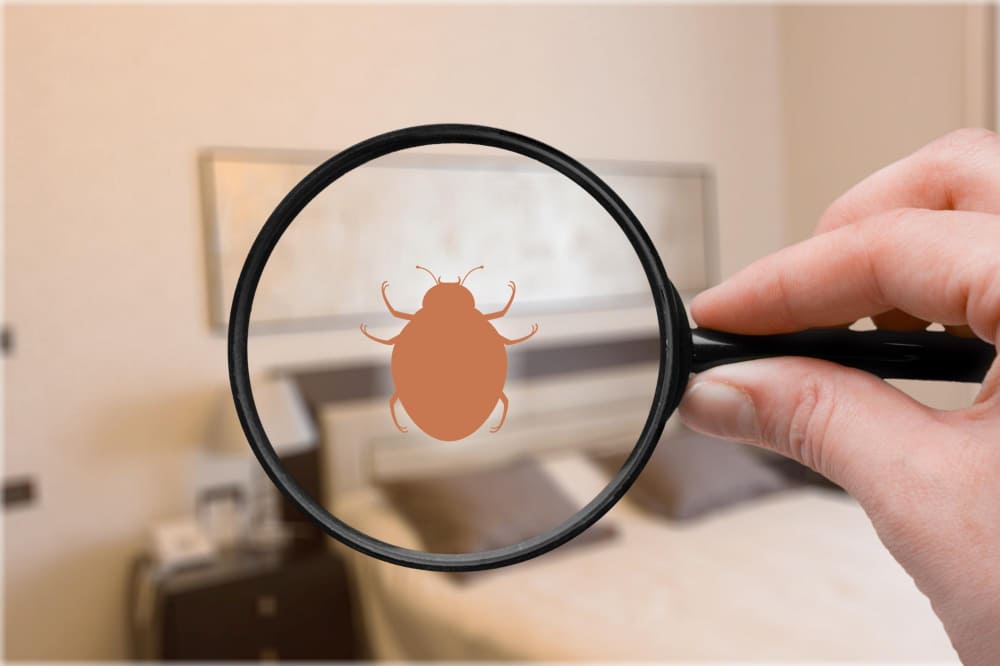
A Complete Guide on How to Get Rid of Fleas in Your House
Are you exhausted from dealing with pesky fleas in your home? Those minuscule creatures can quickly turn your peaceful sanctuary into a battleground. But fear not; we have the ultimate solution to help you banish these unwelcome guests from your house.
In this guide, we will unravel the guide on how to get rid of fleas effectively. Say goodbye to itchy bites and hello to a flea-free environment with these proven methods and techniques. Read on!
What are Fleas?
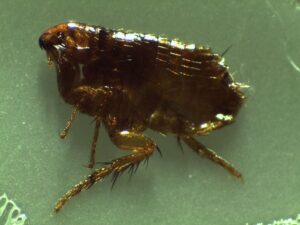
Fleas refer to kind of tiny insects that survive by feeding on human or animal blood. These tiny parasites can cause discomfort, itchiness, and irritation with their bites.
The flea life cycle comprises four stages, from egg to adult. The adults are wingless and agile, usually measuring about 1.5 to 3.3 millimeters in length.
They are known to be species-specific, preferring to live on dogs but can also bite humans and leave behind small, red, itchy spots. They reproduce faster in warmer climates and can transmit diseases to their hosts.
It’s no wonder these pests can be a nuisance in households, requiring effective control and prevention measures to eliminate them.
What are the Symptoms of a Fleabite?
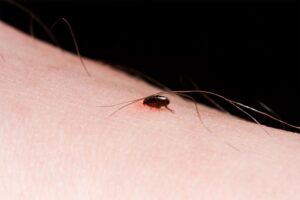
Fleabites can cause various symptoms in humans. Here are some common symptoms associated with flea bites:
- Itchy Skin: Fleabites are often accompanied by intense itching, which can be persistent and bothersome.
- Red Bumps: Fleabites typically appear as small, red bumps on the skin. These bumps may be surrounded by a reddened halo or have a raised appearance.
- Swelling: The affected area may become swollen and inflamed due to the body’s reaction to the flea’s saliva.
- Soreness or Pain: Some individuals may experience soreness or pain around each flea bite.
- Skin Irritation: Fleabites can lead to skin irritation, including blisters, crusts, or hives in certain cases.
If you suspect fleas have bitten you and experience severe symptoms, seeking medical advice for proper diagnosis and treatment is recommended.
How To Get Rid of Fleas in Your Home
These tried-and-tested techniques will help you eliminate these tiny pests and restore peace and comfort to your home. Keep reading to learn more!
Use a Powerful Vacuum
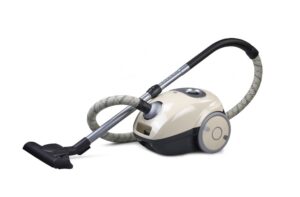
Vacuuming kills adult fleas and eliminates flea larvae and eggs, reducing the population over time.
Use a vacuum cleaner with strong suction power and a HEPA filter to successfully kill adult fleas before they lay eggs. Before you start, clear the area of clutter and then vacuum all floors, paying extra attention to pet-frequented areas.
Utilize attachments to reach corners and furniture seams. After each vacuuming session, dispose of the vacuum bag or canister outside.
Repeat weekly until the infestation is under control.
Hire a Steam Cleaner
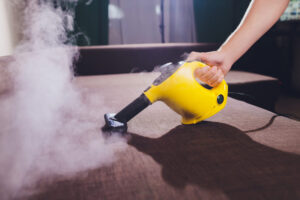
Steam cleaning is a safe, environmentally friendly method that can effectively kill fleas in all life cycle stages.
The high temperature of the steam effectively penetrates carpets, upholstery, and cracks where fleas hide, killing them on contact.
Additionally, the moisture from the steam helps to dislodge flea eggs and larvae, ensuring a thorough eradication.
By hiring a steam cleaner, you can tackle a flea infestation without resorting to harmful chemicals, making it a great choice for households with kids and pets.
Use Diatomaceous Earth (DE)
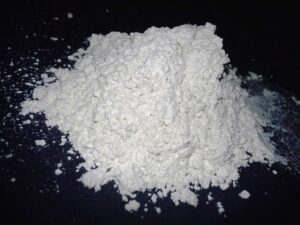
DE is made up of the fossilized remains of tiny aquatic organisms called diatoms. It contains microscopic shards that are sharp and abrasive to insects, including fleas.
When sprinkled on carpets, upholstery, and other infested areas, DE dehydrates and damages the outer protective layer of fleas, ultimately causing their demise.
To use DE, ensure that you purchase food-grade DE, as other forms may contain additives that could be harmful to humans and pets.
Apply a thin layer of DE to affected areas and leave it for several days before vacuuming it up. Repeat the process as necessary until the flea infestation is under control.
It’s important to note that DE should be used cautiously, avoiding direct inhalation, as it can irritate the lungs.
Use Lemon Spray

Lemons contain a natural substance called limonene, known to have insecticidal properties. However, this easy method is unsuitable for severe fleas infestations.
To make a lemon spray, start by slicing several lemons and placing them in a pot of boiling water. Let the water simmer for about an hour, allowing the lemon oils to infuse into the water.
Once the mixture has cooled, strain out the lemon slices and pour the liquid into a spray bottle.
You can then use the lemon spray on areas where fleas are likely present, such as carpets, bedding, and furniture. The strong citrus scent of the lemon spray is a deterrent for fleas while potentially suffocating and repelling them.
Wash All Bedding

Bedding, such as sheets, pillowcases, blankets, and even the bedding of your pet beds, can harbor these pesky insects.
By washing all bedding regularly, you can eliminate fleas and their eggs, disrupting their life cycle and preventing re-infestation.
It is recommended to use hot water and a detergent that contains insecticidal properties to ensure thorough elimination.
Additionally, drying the bedding on high heat will further kill any remaining fleas.
Aside from killing fleas, you can also do a more thorough spring cleaning by washing all your bedding.
Use Rosemary

Rosemary can be a natural and aromatic solution for combating fleas in your home. This herb has properties that are known to repel fleas and other insects. To use rosemary as a flea repellent, you can make a simple homemade spray.
Start by boiling a pot of water and adding a handful of fresh or dried rosemary leaves. Let the mixture steep for about 30 minutes, then strain out the rosemary leaves, leaving only the infused liquid. Transfer the infused liquid to a spray bottle and let it cool.
Once cooled, spray the rosemary-infused water on carpets, bedding, furniture, and other areas where fleas are present or likely to hide. The strong scent of rosemary is a deterrent for fleas and may help repel them.
Frequently Asked Questions
When is flea season?
Flea season is generally during warm and humid weather, often in spring and summer months, but can vary depending on the region.
How do fleas get inside your home?
Fleas get inside your home through pets, infested surroundings, wild animals, second-hand items, and sometimes human transportation. Prevent infestations by treating pets, keeping surroundings clean, and being cautious with potential sources.
How to prevent fleas from coming back?
To prevent fleas from returning, you can treat pets, keep the home clean, wash bedding, maintain the yard, use flea control products, limit outdoor exposure, and deter wild animals.
Conclusion
In conclusion, tackling a flea infestation in your home requires a comprehensive approach that combines various methods. From using diatomaceous earth to lemon spray and washing all bedding, each technique plays a crucial role in eliminating fleas and preventing their return.
However, it’s important to note that severe flea infestations may require professional pest control intervention. Seeking expert advice can help ensure a thorough and targeted approach to eradicate fleas completely.
By combining these methods and tailoring them to your specific situation, you can successfully rid your home of fleas and restore peace and comfort to your living environment.

